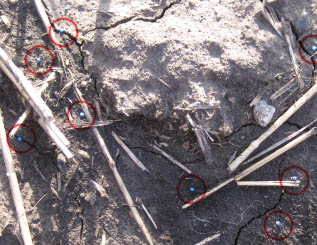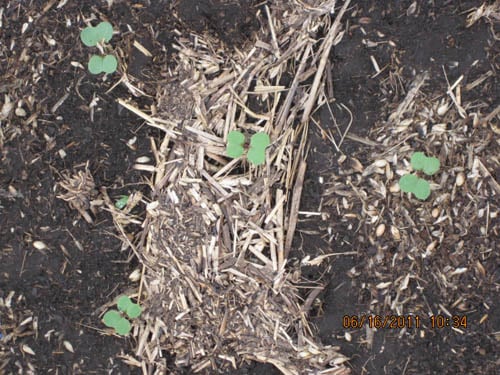

Canola seed placed into the soil at a uniform depth with starter fertilizer and light on-row packing is the most reliable method for achieving good seed survival and uniform stand establishment. Drills do this job best. May 9 is too early to park the drill and look at alternative seeding methods.
Experience from the past two years of wet conditions in the eastern Prairie has shown that, in general, growers who tried broadcast or aerial methods to get fields seeded had issues all season long with thin stands, uneven maturity, weed control, low fertility and poor yields. Best results from broadcast seeding came from fields that were fertilized early and harrowed to improve seed to soil contact. If field moisture conditions will allow growers to incorporate broadcast seed and apply fertilizer, then they’re not too far from being able to seed with the drill.
However, growers who think they are still a couple of weeks away from seeding with a drill may want to book a floater as a backup just in case further weather delays make drill seeding impractical.
Click here for an article from last May on broadcast seeding. Please read an updated article with more detailed tips.